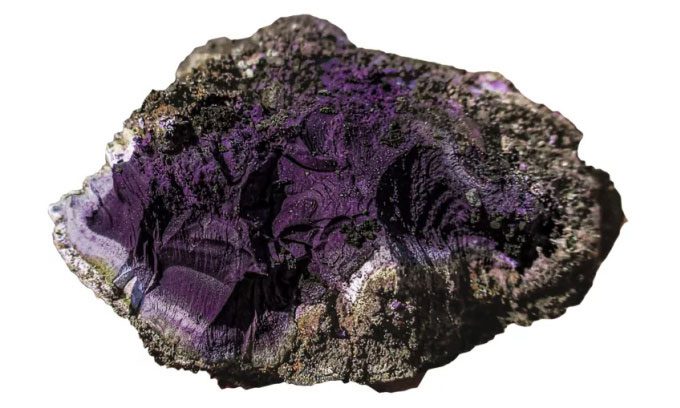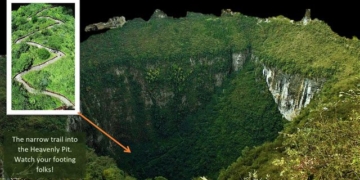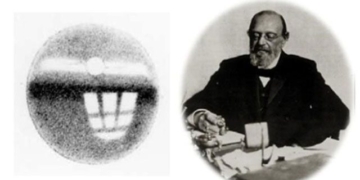The Tyrian purple dye block from Roman Britain was produced from a large quantity of sea snails and may have been used for mural painting.
Archaeologists and volunteers discovered a remarkably rare object during the excavation of a Roman bathhouse in Carlisle, northern England (which was occupied by the Romans from 43 to 410 AD), as reported by Newsweek on May 3rd. Analysis revealed that this object was composed of a soft purple substance containing beeswax and bromine. This indicates that it is a solid sample of Tyrian purple dye—a highly valuable artificial pigment from ancient times.

Tyrian purple dye block excavated from a Roman bathhouse in Carlisle, England. (Photo: Anna Giecco/Cumberland Council)
The purple dye is secreted by certain predatory sea snails found in the Mediterranean region. Producing Tyrian purple is extremely difficult. The process is complex and requires collecting thousands of sea snails. Experts estimate that as many as 12,000 snails needed to be processed to produce just 1 gram of dye. Consequently, this substance was exceptionally expensive in Roman times, even more valuable than gold. It was typically reserved for use by the elite.
“For millennia, Tyrian purple was the most expensive and sought-after color in the world,” said Frank Giecco, an archaeologist from the consulting firm Wardell Armstrong, who participated in the excavation at Carlisle. According to him, finding a solid sample like the dye block in Carlisle is particularly unusual. “This is the only example we know of in Northern Europe; it may even be the only example of a solid sample in the form of unused paint powder anywhere in the Roman Empire,” Giecco stated.
Tyrian purple was first produced in the 2nd millennium BC by the Phoenicians—an ancient civilization from the Mediterranean region, originating from the coastal area of the Levant. The most famous production site was Tyre, a city in Lebanon and one of the oldest continuously inhabited settlements in the world. Additionally, Tyrian purple was also produced in various other Mediterranean regions, such as North Africa.
The Tyrian purple dye sample found in Carlisle was likely used for painting murals, according to Sarah Irving, a spokesperson for Cumberland Council, which collaborated with Wardell Armstrong on the excavation project. This pigment may also have been used to paint walls in large public buildings, homes, and properties of the elite, and sometimes for dyeing clothing.




















































